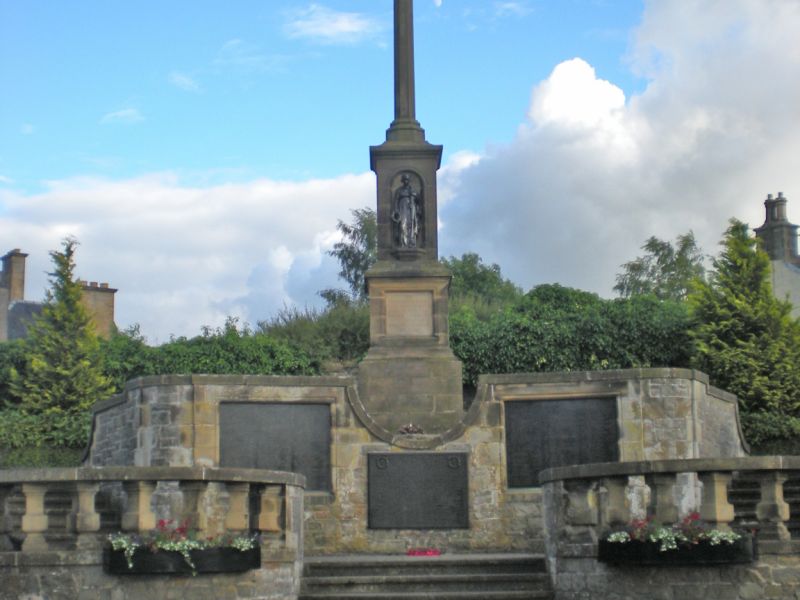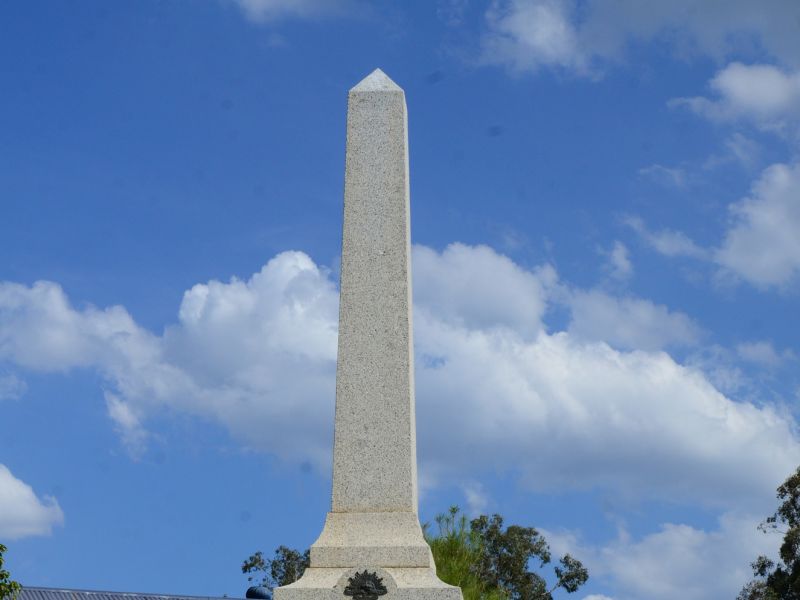Alexander Baptie
Alex Baptie was born on the 13th of September 1890 at Selkirk in Scotland, to Alexander and Janet (néw Gray) Baptie. He was the second eldest of four children. His father passed away on the 5th of May 1895, only one year after his youngest sibling, Maggie, was born.
The 1901 Scottish Census shows Alex living with his two Aunts, on his mother’s side, Charlotte and Margaret Gray at Carterhaugh Cottages in Selkirk. Both he and a cousin, Janet Lourie, where attending school in Selkirk.
In about 1907, he enlisted in one of the Territorial Battalions of the Kings Own Scottish Borders, the 4th Battalion. A Territorial Battalion was a part-time volunteer component of the British Army. Most units in the British Army had associated Territorial units. They were designed to reinforce the regular army in operations abroad, but because of political opposition they were assigned to home defence. This would all change in 1914. Alex served for three years in this battalion before he was granted a discharge for the purposes of moving to Australia.. Strangely enough he would encounter this battalion on the Gallipoli Peninsula.
On the 10th of June 1911, he boarded the ship S.S. Suffolk, of the Federal Houlder Shire Lines, at Liverpool, England and travelled to Australia disembarking at Sydney. On the passenger list he gave his profession as wool spinner. Three years later, the SS Suffolk would be renamed HMAT A23 Suffolk and leased to the Australian Government to be used as a troop transport.
At the time war was declared, Alex was 24 and working on a farm at Walwa as a labourer. He enlisted on 4 December 1914 at Liverpool in NSW, two days after the 1st convoy of Australian and New Zealand soldiers had disembarked in Egypt. He was allotted the regimental number 1304 and taken on strength with the 1st Battalion, 1st AIF. On the 11th of February, Alex embarked on HMAT A48 Seang Bee at Sydney, NSW and sailed to join his battalion.
After further training in Egypt at Mena Camp, the battalion entrained for Alexandria on the 3rd of April 1915. They embarked on HMT Minnewaska and sailed to the island of Lemnos, where they disembarked at Mudros Harbour. The ship was carrying approximately 1900 men and 500 horses plus a large amount of timber to build a wharf. While on the island further training included disembarkation practice from ships into small boats.
Alex was a member of C Company, 1st Battalion, 1st Infantry Brigade, which landed on Gallipoli on 25 April, early in the morning. After spending some time in the firing line, the men were withdrawn to the beach to rest and reorganise. The rest was short lived and on the 1 May they relieved a Battalion of Royal Marines in two portions of the line. During the next few days the Battalion spent time working on the trenches it was manning. Although there were no major attacks by the Turks during this time, the Battalion was heavily shelled and Alex became a casualty. He has no known grave.
Alex’s younger brother, Henry, had also emigrated overseas, however his choice of country was Canada. In December of 1915 he enlisted in the Canadian Army, serving in France. Fortunately he survived his ordeals at the front and returned to Canada in 1920.
Alex is remembered at the Australian War Memorial Roll of Honour, the Corryong War Memorial, the Lone Pine Memorial to the Missing, the Selkirk Roll of Honour and the Selkirk War Memorial. For his service, he was awarded the 1914-1915 Star, the British War Medal and the Victory Medal.

 Stephen Learmonth
Stephen Learmonth